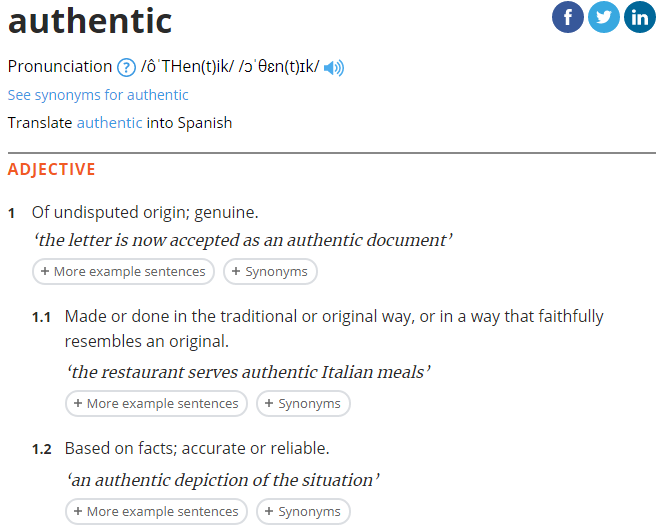Both, fresh and older have merit. Start by smelling your hops. Look close for body odor, stale old cheese or gym socks. Noble hops will not have these characters unless they are getting past prime condition and moving into the lambic hop territory. It can be helpful to have a jug of parmesan cheese to compare the hops to. If you find this character group, save them for sour beer, toss or spaghetti sauce.
Here is the normal trend for Noble hops to follow when aging.
Fresh will have brighter floral notes with little or no black pepper spiciness. This is harder to get with Euro hops shipped to the US. More often found in the US grown Saaz and noble equivalents such as Liberty, Sterling, Ultra and Santiam and lesser with Mt Hood and Crystal
With older hops, the floral notes are not as bright and black pepper spiciness is greater. This is more typical of Euro hops with their warmer cold storage.
Naturally all hop will vary and we are surprised with great hops that are old, yet bright and fresh. I am still using 2015 Sorachi Ace and 2016 Sterling, both as good as current crops.
Go to work and give the hops a rub, warm them up and smell them. I like to add both older and fresher hops to my lagers, pulling both characters into my beers. I just brewed with 2018 Edelweiss, a blend of 6 lager hops. Last night was the first taste, nice black pepper spiciness, and fresh flora notes. These were stored open in my freezer for at least 1 year. It is going to be a fun Pilsner
































![Craft A Brew - Safale BE-256 Yeast - Fermentis - Belgian Ale Dry Yeast - For Belgian & Strong Ales - Ingredients for Home Brewing - Beer Making Supplies - [3 Pack]](https://m.media-amazon.com/images/I/51bcKEwQmWL._SL500_.jpg)







